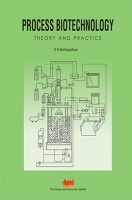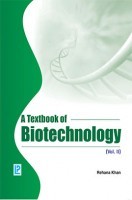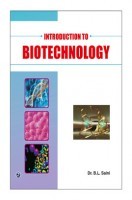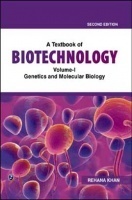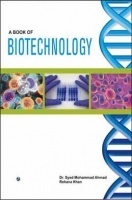Advances In Food Colloids by Vinra Publication
Book Summary:
Encyclopedia of Food Colloids Self-assembly and Material Science covers the study of food colloids self-assembly and material science. The field of food colloids are concerned with the physical chemistry of food systems viewed as assemblies of particles and macromolecules in various states of supramolecular and microscopic organization. The objective is to relate the equilibrium and dynamic properties of the system to the interactions amongst the constituent molecular and particulate entities.
Audience Of this Book:
This book is Useful for Biotechnology Biochemistry Students.
Table of Content:
Chapter 1 Crystal Nucleation in Food Colloids
Chapter 2 Planning and Implementing Food Fortification Programs
To Combat Micronutrient Malnutrition: Iron
Chapter 3 Hydrocolloids in Fried Foods. A Review
Chapter 4 Biodegradation of Melanoidin from Distillery Effluent:
Role of Microbes and their Potential Enzymes
Chapter 5 Food Colloids Research: Historical Perspective and Outlook
Chapter 6 Lactic Acid Bacteria in Dairy Food: Surface Characterization
and Interactions with Food Matrix Components.
Chapter 7 The Functional and Nutritional Aspects of Hydrocolloids
in Foods
Chapter 8 Characterization of Food Colloids By Phase Analysis
Light Scattering.
Chapter 9 Fabrication of Sub-Micron Protein-Chitosan Electrostatic
Complexes for Encapsulation And Ph-Modulated Delivery
of Model Hydrophilic Active Compounds









